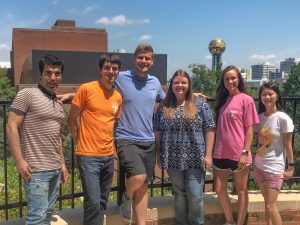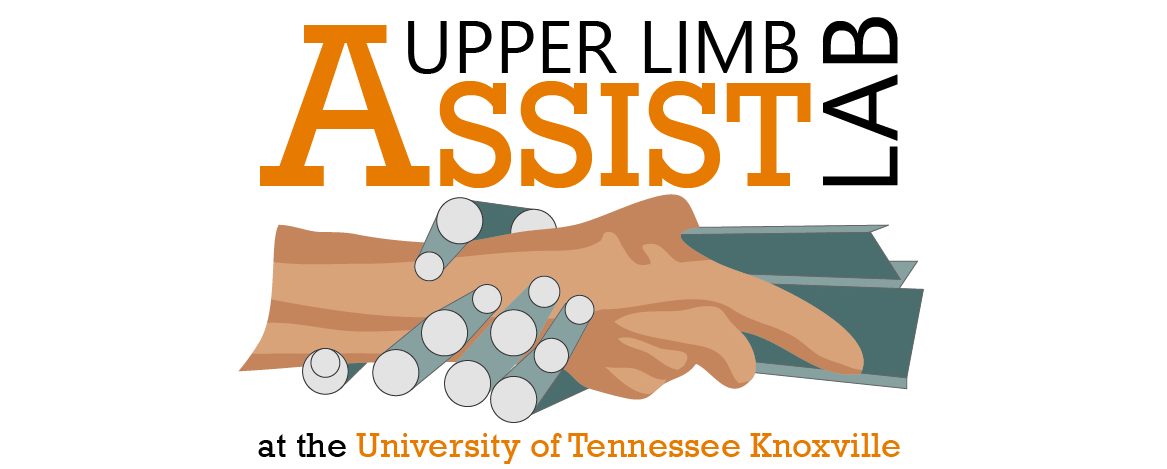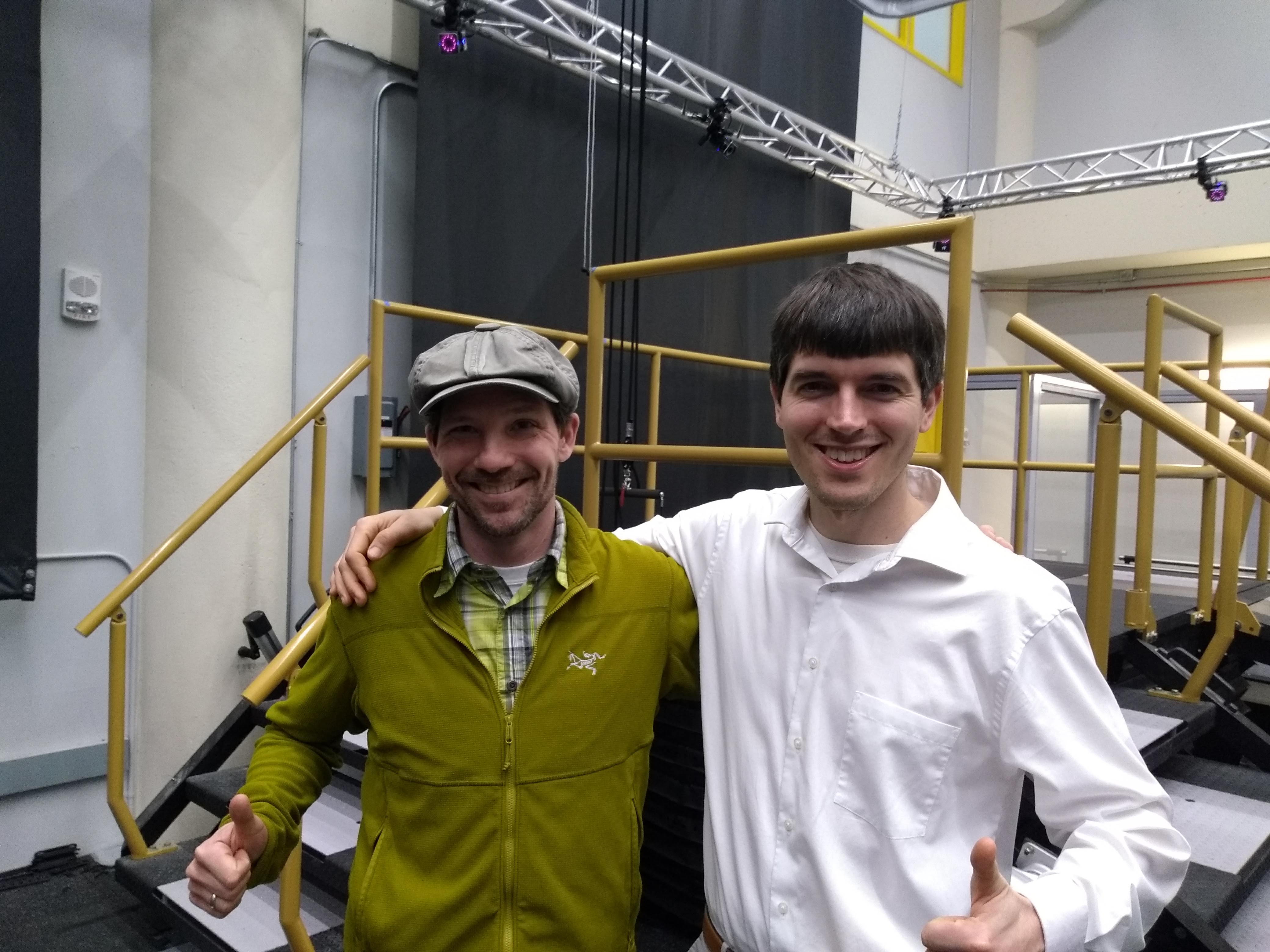Musculoskeletal disorders – a major healthcare burden in the US – can interfere with complex physiologic movement processes, leading to devastating impairment, deformity, and pain. Many of these disorders affect the upper limb, which may limit a person’s ability to perform tasks required for personal or professional activities. The goal of our research is to enhance the function of individuals with upper limb movement disability. We combine computational and experimental tools to better understand the effects of injury or disease on movement. With this knowledge, we develop assistive technologies, such as wearable exoskeletons or advanced control systems for prosthetic limbs, to restore function.


